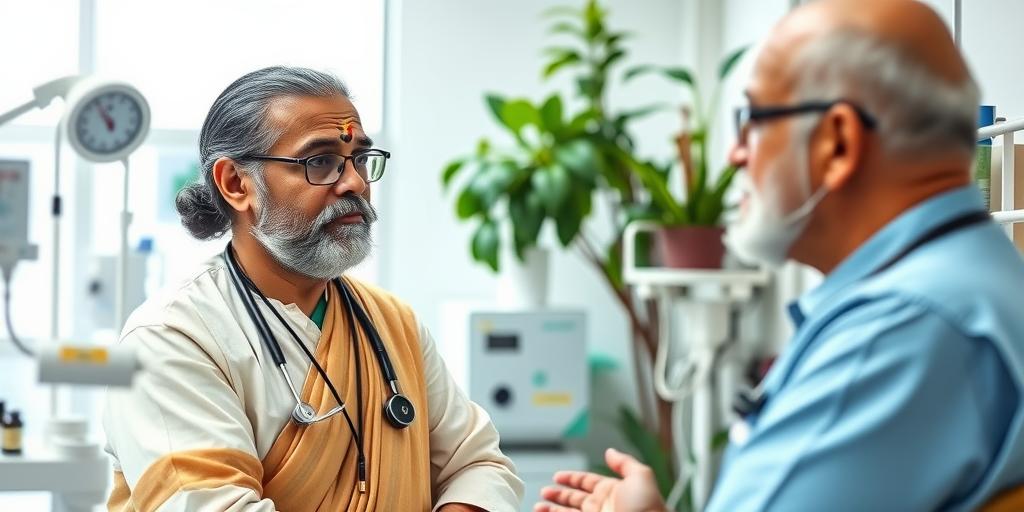Traditional Medicine in India: Modern Relevance in 2025
Traditional medicine in India, encompassing Ayurveda, Siddha, and Unani, boasts a rich history spanning thousands of years. These systems offer holistic approaches to health, emphasizing the balance between mind, body, and spirit. As we approach 2025, it’s crucial to examine the continued relevance and integration of these practices into modern healthcare.
A Historical Overview
- Ayurveda: Originating over 3,000 years ago, Ayurveda focuses on maintaining health through diet, lifestyle, and herbal remedies. The core principle revolves around the three doshas: Vata, Pitta, and Kapha.
- Siddha: Predominantly practiced in South India, Siddha medicine shares similarities with Ayurveda but incorporates unique diagnostic methods and treatments, often involving minerals and metals.
- Unani: Introduced to India during the medieval period, Unani medicine is based on the teachings of Hippocrates and Galen, emphasizing the balance of the four humors: blood, phlegm, yellow bile, and black bile.
Current Status and Integration
In recent years, there’s been a resurgence of interest in traditional medicine, both in India and globally. Several factors contribute to this:
- Rising Healthcare Costs: Traditional treatments are often more affordable than conventional medicine, making them accessible to a broader population.
- Side Effects of Modern Medicine: Concerns about the adverse effects of pharmaceutical drugs have led many to seek natural alternatives.
- Holistic Approach: Traditional systems address the root cause of ailments, focusing on overall well-being rather than just symptomatic relief.
- Government Initiatives: The Indian government has actively promoted traditional medicine through the Ministry of AYUSH (Ayurveda, Yoga & Naturopathy, Unani, Siddha, and Homoeopathy), investing in research, education, and infrastructure.
Challenges and Opportunities
Despite its potential, traditional medicine faces several challenges:
- Lack of Standardization: Inconsistent quality control and standardization of herbal products remain a significant issue.
- Limited Scientific Evidence: More rigorous clinical trials are needed to validate the efficacy of traditional treatments.
- Integration with Modern Medicine: Bridging the gap between traditional and modern healthcare systems requires mutual understanding and collaboration.
However, significant opportunities exist:
- Research and Development: Investing in scientific research to explore the mechanisms of action and therapeutic potential of traditional remedies.
- Education and Training: Strengthening educational programs to produce qualified practitioners and researchers.
- Public Awareness: Promoting awareness about the benefits and limitations of traditional medicine through evidence-based information.
Relevance in 2025
By 2025, traditional medicine is poised to play an increasingly significant role in India’s healthcare landscape. With continued government support, scientific validation, and standardization efforts, these systems can complement modern medicine, offering a comprehensive approach to health and wellness. Furthermore, the growing global interest in natural and holistic therapies presents an opportunity for India to become a leader in traditional medicine, promoting its unique knowledge and practices worldwide.
In conclusion, traditional medicine in India holds immense potential for modern relevance in 2025. By addressing the challenges and capitalizing on the opportunities, India can harness its rich heritage to improve the health and well-being of its population and contribute to global healthcare.
